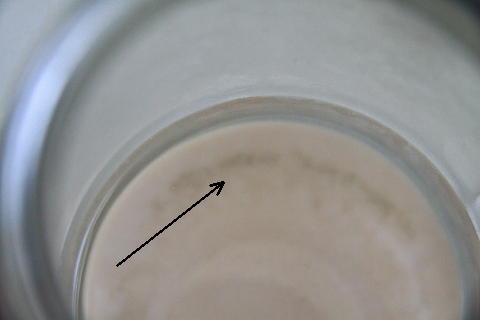So would washing my yeast allow me to use it indefinitely, or is this a one-to-two time thing?
It depends on how you wash. If you make a starter and split it, previous to it fermenting your 5 gallons of beer, my understanding is that this is a 0 generation yeast batch and therefore (theoretically infinite). Having said this, I've never used more than two generations because of problems (the inability) to store yeast for a long time and often using various strains of yeast for different batches/recipes I'm brewing..
Sent from my iPad using Home Brelm?l ohm ,uo klo. on, 9? Pegou k Kym. N.ugvknb libbmj ff 47&&-- Jugehuh































![Craft A Brew - Safale BE-256 Yeast - Fermentis - Belgian Ale Dry Yeast - For Belgian & Strong Ales - Ingredients for Home Brewing - Beer Making Supplies - [3 Pack]](https://m.media-amazon.com/images/I/51bcKEwQmWL._SL500_.jpg)



























